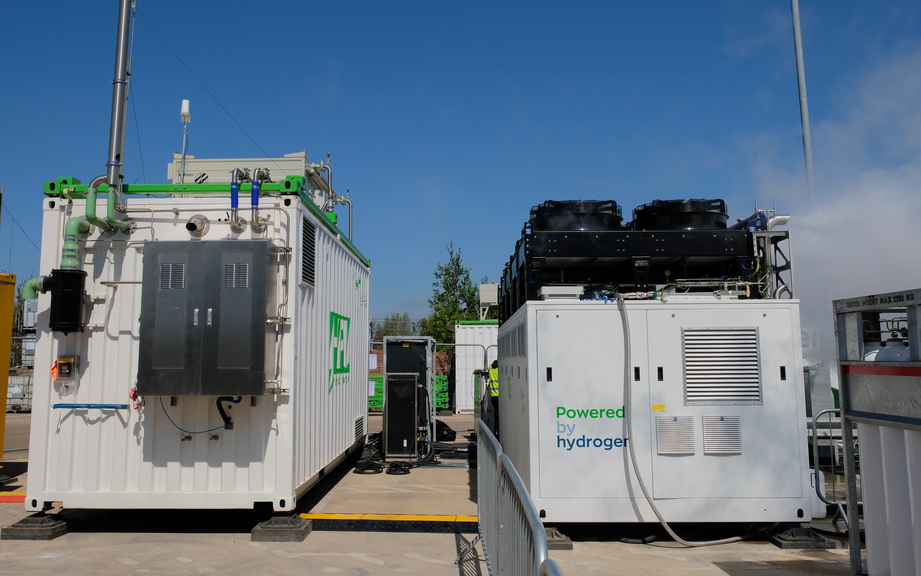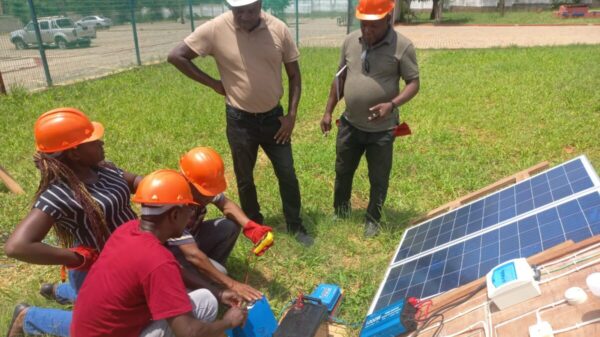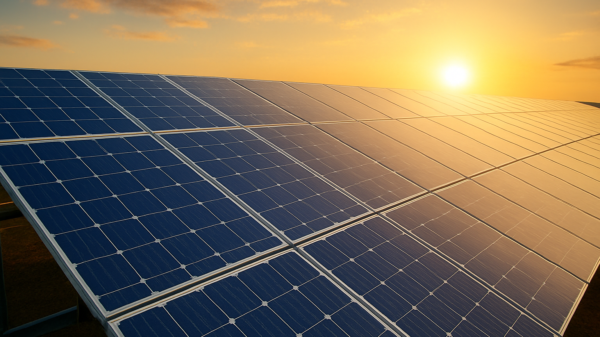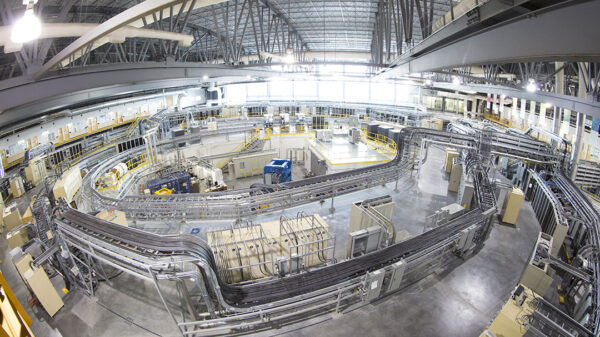Extreme H, the green hydrogen racing championship, marked a major technical milestone with its first successful field test of its alternative energy power solution.
The company reported late last month that the test which took place at Siemens Energy’s UK facility in Newcastle, centred around the next-generation Hydrogen Power Unit (HPU2), developed by GeoPura. Further, it included included system integration with the series’ long-term sustainable power supplier, Power Logistics.
The HPU2 delivers scalable, quiet, zero-emission power with a more compact footprint and lighter weight than its HPU1 predecessor. It also boasts significantly higher power density. Each unit generates 500 kW of clean electricity—five times the prime output of the HPU1.
When operated continuously over 24 hours, one HPU2 can power about 1,200 average UK homes for a day. This advancement makes it ideal for applications requiring reliable, off-grid energy.
As a result of these improvements, deployment costs have dropped. Consequently, zero-emission energy systems are now more accessible. While originally developed for motorsport, the HPU2 now supports other high-demand environments.
For instance, it suits energy-intensive and time-sensitive settings like music festivals, remote broadcast centres, and construction sites. These sectors can now transition to clean power without sacrificing performance or reliability.
“Extreme H will be famous for its hydrogen fuel cell racing cars, but they are only half of the story as we are also trialling hydrogen technologies across the whole event site in an effort to become the first sport to run entirely on zero emission hydrogen,” said Andy Welch, Extreme H’s Global Hydrogen Development Manager.
Read more: New green energy technique could kick lithium demand into high gear
Read more: Alberta opens first commercial hydrogen refuelling station south of Edmonton
Extreme H’s goal is to power its races with emission-free energy
Welch said the successful test of GeoPura’s HPU2 hydrogen fuel cell prototype marked a major step forward. It benefits not only their series but also the broader live events industry.
Extreme H plays a vital role as a global test bed for real-world hydrogen solutions. According to Welch, it proves what’s possible and pushes the transition toward cleaner, more sustainable events worldwide.
The HPU2 system stands out for its exclusive use of green hydrogen, supplied by ENOWA, Extreme H’s green hydrogen partner ENOWA produces this hydrogen using only renewable energy sources, ensuring zero emissions during both use and production.
This approach supports Extreme H’s goal to power every aspect of its races—broadcast, race control, operations, garages, catering, and more—with fully emission-free energy. At the same time, it aligns with ENOWA’s mission to advance hydrogen’s role in the global energy transition.
By using the HPU2 system in live race settings, Extreme H actively prepares for a zero-emission racing future. In doing so, it also helps pave the way for broader industrial use of green hydrogen technologies.
Meanwhile, the collaboration between GeoPura and Power Logistics grows stronger through this project. It shows how technical partnerships can drive real-world energy transitions. These efforts will help transform industries like live sports, music festivals, remote broadcasting, construction, and others.
Notably, the only emission from the HPU2 system is water.
The HPU2 replaces the HPU1’s integrated battery system with a modular design featuring an external battery. This new configuration offers greater flexibility.
As a result, the system can operate as a standalone generator or in a hybrid setup with added battery support. The battery and distribution technology plays a key role in this adaptability.
Read more: Fighting climate change: A Mugglehead alternative energy roundup
Read more: Canada invests CAD$9m into clean hydrogen projects
Several companies lead green hydrogen development
Green hydrogen is a clean fuel made by using renewable electricity to split water into hydrogen and oxygen through electrolysis. This process produces zero emissions, unlike grey or blue hydrogen, which rely on fossil fuels and emit carbon dioxide. By using solar, wind, or hydropower, producers ensure that green hydrogen remains entirely carbon-free from start to finish.
To create green hydrogen, electrolysers apply an electric current to water (H₂O), separating it into hydrogen (H₂) and oxygen (O₂). The resulting hydrogen can be stored, transported, and used as a fuel for electricity generation, industrial processes, or transportation. Most importantly, when consumed, green hydrogen releases only water vapour, making it an attractive solution for decarbonizing hard-to-electrify sectors.
Several publicly traded companies now lead in green hydrogen development. For example, Plug Power Inc. (NASDAQ: PLUG) designs and manufactures hydrogen fuel cell systems and green hydrogen production plants. The company is building a nationwide green hydrogen network across the United States.
Another major player is Bloom Energy Corporation (NYSE: BE), which focuses on solid oxide fuel cells and recently expanded into electrolyser technology for green hydrogen production. Bloom aims to serve utilities, commercial customers, and industrial users.
.
joseph@mugglehead.com














